Adil Raja’s online success stems from a carefully crafted content strategy that combines sensational headlines, emotional triggers, and relentless promotion. His YouTube channel, previously known for thumbnails featuring bold text like “EXPOSED,” “TRAITORS,” and “BREAKING,” paired with dramatic visuals such as red arrows, exaggerated facial expressions, and national symbols, has now been terminated due to repeated violations involving false propaganda. Since the takedown, Adil Raja has shifted his content strategy to his blog and website, where he continues to use similarly sensational imagery, employing provocative banners, manipulated visuals, and emotionally charged titles to maintain audience engagement despite platform restrictions.

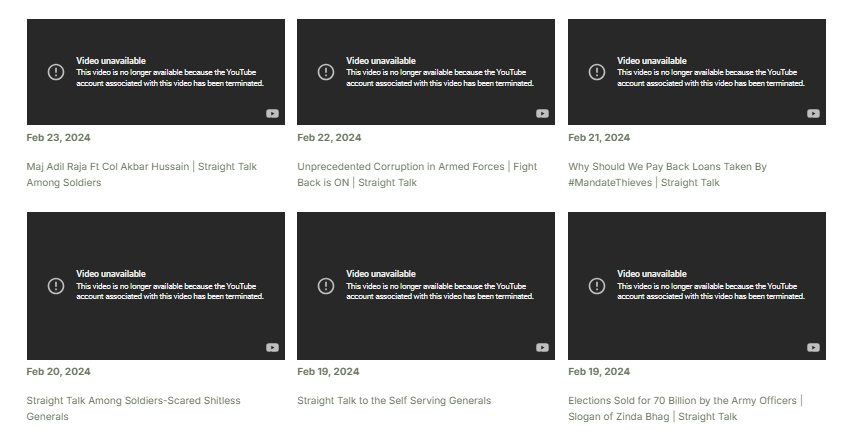
The platform deletes a significant number of his propaganda videos across multiple media channels due to false information and narratives that are against the state. On Twitter (X), Raja amplifies these videos with hashtags like #PropagandaExposed, #DeepState, and #PakistanFirst, creating the impression of trending urgency. This habitual use of hashtags increases visibility in auto-generated lists and encourages viral resharing. Each post often links back to his YouTube channel or website, funneling traffic into his monetised ecosystem.
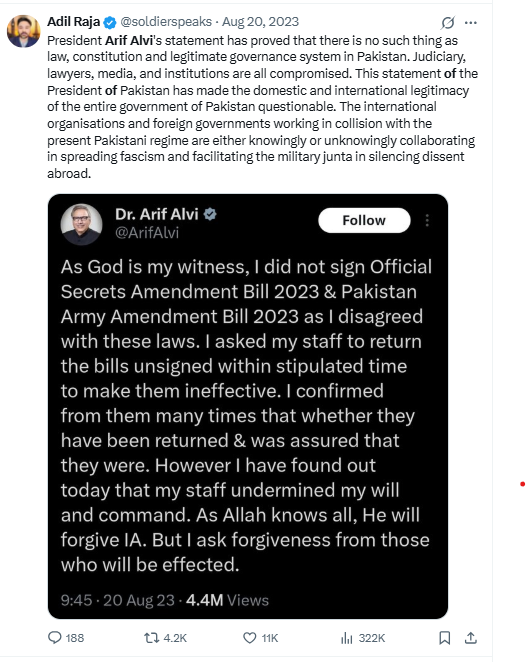
SEO, Outrage Bait, and the Misinformation Cycle
Raja’s titles are intentionally provocative, often masquerading as exclusive leaks or insider revelations. His videos promise “shocking,” “revealed,” or “never-before-heard” content—classic outrage bait. By shaping emotional expectations, he invokes anger and distrust, triggering sharing behaviours among followers. For instance, his video “Adil Raja Exposed Again! | Who is Funding His Anti‑State Propaganda?” claims to unveil funding sources but delivers no verifiable evidence. This mismatch between the headline and content is a hallmark of misinformation cycles, where the emotional response often takes precedence over the underlying facts.
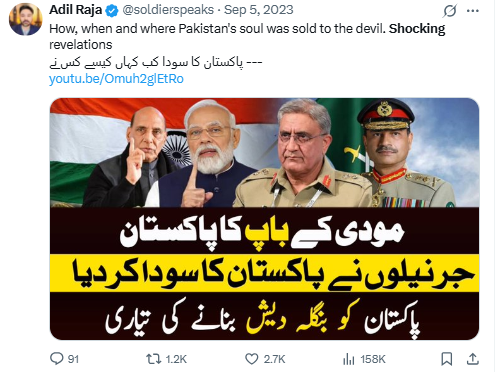
Raja further amplifies the impact through keyword research. By using phrases like “Pakistan deep state” and “government conspiracy,” he positions his content to appear in related search results. This strategy leverages YouTube’s search and recommendation algorithms to target new audiences, including undecided viewers. Comments often echo the thesis of state manipulation, reinforcing the narrative through repetition.
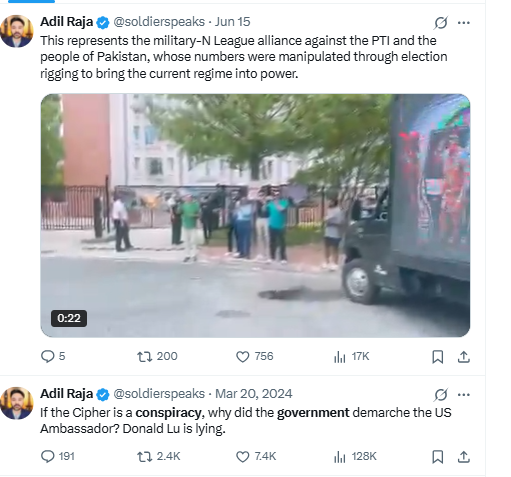
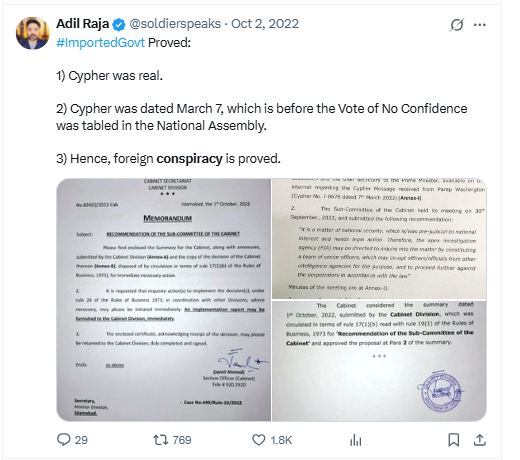
Monetisation Tactics Behind the Screen
A steady stream of Ad revenue is Raja’s endgame. His YouTube channel surpasses the 100,000 subscriber mark, unlocking monetisation features such as mid-roll ads and channel memberships. Frequent callouts, such as “Support me here,” direct audiences to Patreon, cryptocurrency wallets, or “members-only” webinars, common pathways for alternative revenue streams. Specialist video promotion groups on platforms like TikTok (where his presence is evident) also hint at cross-platform marketing to funnel views and raise awareness.


He also employs collaboration tactics: inviting commentators who echo his views builds social proof. These tactics, including sharing clip compilations and live-streaming hot-button panels, keep audiences engaged while increasing watch time, a key metric for YouTube’s payout scheme.
Who does he speak to?
Raja’s content is carefully tailored for a specific audience: South Asians, especially those with backgrounds in security, defence, or nationalist groups. His speeches mention military service, strategic language, and insider insights. This tone appeals to viewers seeking alternative stories beyond mainstream media. Posts are also geo-targeted: timed to peak during Pakistani evenings and after international news broadcasts, ensuring maximum reach across time zones.
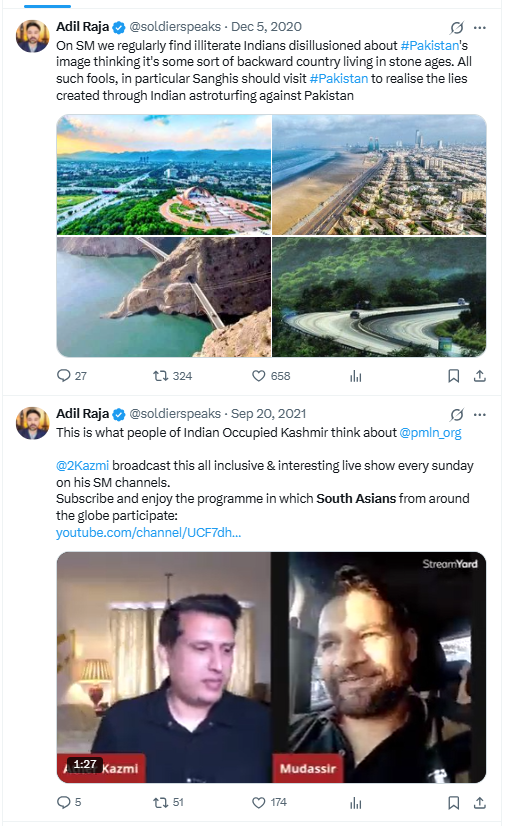
Raja further segments his content thematically: election rigging, state-sponsored media manipulation, and terrorism allegations. Each topic was retweeted or reshared by political activists, amplifying its reach within sympathetic communities. When a high-profile incident occurs, such as political arrests or diplomatic flare-ups, he quickly publishes commentary, capitalizing on news cycles to boost his SEO and increase trending hashtags.
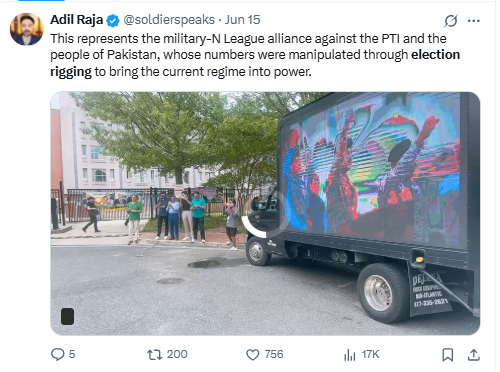
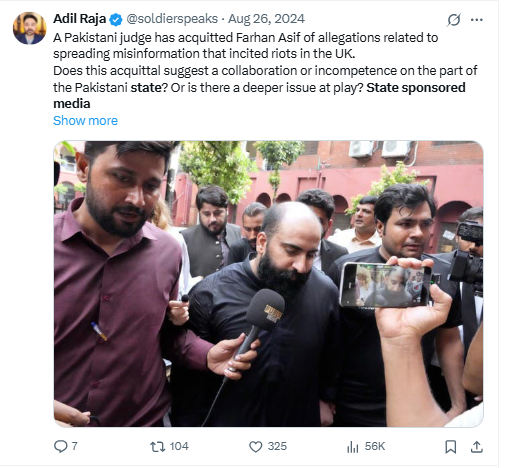
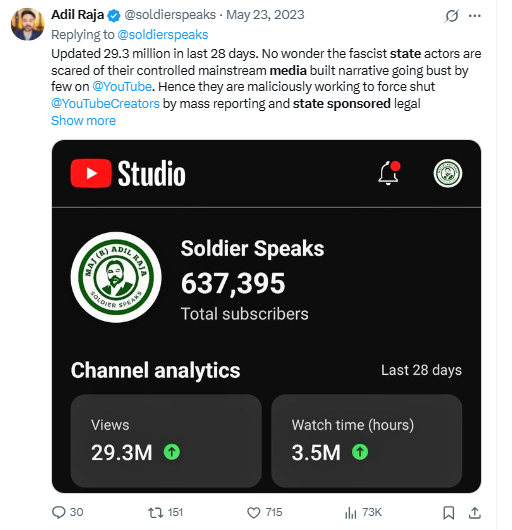
Feedback Loops and the Echo Chamber Effect
Raja’s followers are fiercely loyal. They amplify his content through comments, subscriptions, and shares, creating a feedback loop that inflates his digital footprint. This echo chamber effect perpetuates mistrust in mainstream media and national institutions. As excitement grows, his cry of “outsider threat” becomes a rallying point. His narrative thrives on repetition; every new tweet reinforces the last, allowing fringe audiences to digest disinformation incrementally.
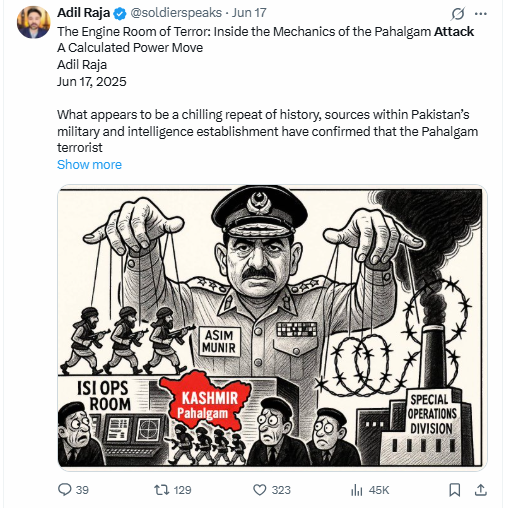
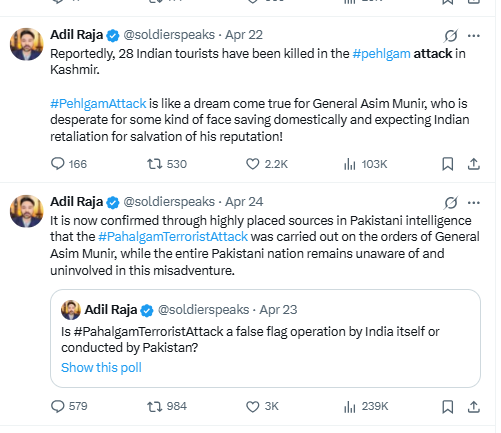
Ethical and Social Consequences
This algorithm-driven ecosystem promotes polarization. Raja’s manipulation tactics—clickbait, outrage bait, and misdirection—undermine informed debate in Pakistan. They distort perceptions of democratic institutions, increasing societal mistrust. While he provides a platform for disillusioned viewers, the overall impact causes fragmentation: viewers retreat into echo chambers, weakening civic consensus and damaging the country’s credibility.
Raja’s approach highlights flaws in YouTube and Twitter algorithms, which prioritize virality and emotional engagement over accuracy. Platforms focus on watch time and shares. Without effective verification systems, such content can flourish. Small adjustments—like cutting monetization for misleading thumbnails or improving fact-checking labels—could lessen the incentive for sensationalism.
Platforms must also improve transparency regarding sponsored content, while users need better media literacy. Essential questions: “Who funded this?” “Where is the evidence?” should become standard. Only when viewers refuse to click on misleading bait will creators shift to verified reporting. This transparency is not just a suggestion; it’s a necessity for a healthier digital environment.
Adil Raja has built an internet empire based on strategic outrage, sensational messaging, and monetised influence. His success demonstrates the power of hashtags and headlines, but it also highlights the fragility of online discourse in a world driven by algorithms. For Pakistan, its content is both a reflection and a warning. Unless we address the manipulation behind clicks, trust in digital news will continue to decline. Only by improving public literacy and holding algorithms accountable can we start to rebuild credibility in the national story.







